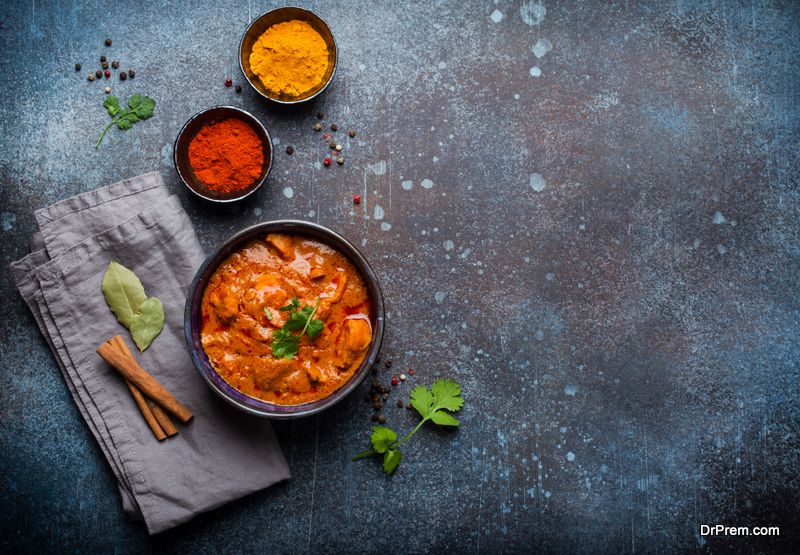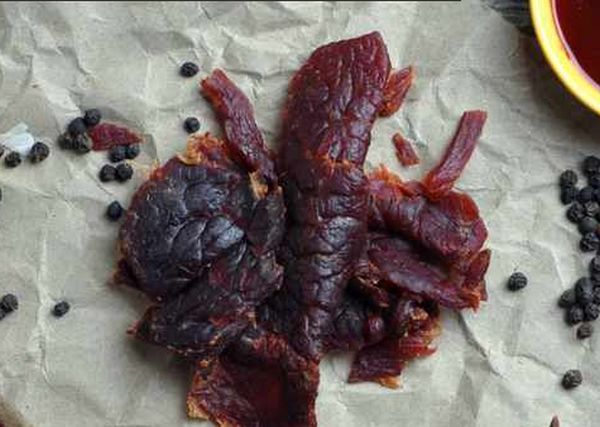Curry has been a staple of Indian cuisine for centuries, with a long and fascinating history that stretches back thousands of years. The word “curry” itself comes from the Tamil word kari, which means “sauce” or “relish.” Originally, curry referred to a type of sauce or gravy that was used to flavor meat, fish, or vegetables. Over time, the term became more broadly applied to a blend of spices that is now commonly associated with Indian cuisine.
The use of curry spread beyond India through trade and colonization, with British and Dutch colonial powers in particular helping to popularize the spice blend in Europe and beyond. Today, curry is used in various types of cuisine around the world, from Thai and Malaysian curries to Japanese and Caribbean curries. Each region has its own unique take on the spice blend, with different combinations of spices and flavorings creating distinctive regional styles.
Despite its global popularity, curry remains deeply rooted in the culinary traditions and cultural heritage of India, where it continues to be celebrated as a beloved and versatile ingredient in countless dishes.
The Many Uses of Curry: From Soups to Sauces and Beyond
One of the great things about curry is its versatility as a flavoring agent and seasoning. Whether you’re making a classic Indian curry or experimenting with Thai or Japanese curries, there are endless possibilities for incorporating this delicious blend of spices into your dishes.
1. Flavoring
In Indian cuisine, curry is often used to flavor meat, fish, or vegetables in a rich and fragrant sauce. There are many different types of Indian curries, each with its own unique combination of spices and flavorings. For example, a basic curry powder might include coriander, cumin, turmeric, ginger, and cinnamon, while a garam masala blend might include cardamom, cloves, and black pepper. Indian curries can be thick or thin, mild or spicy, and can be served with rice, naan bread, or other accompaniments.
2. As a Sauce
Thai curries, on the other hand, often use a combination of curry paste, coconut milk, and fish sauce to create a creamy and flavorful sauce for meats, vegetables, or noodles. There are three main types of Thai curry: red, green, and yellow. Red curry is the spiciest, with a blend of red chili peppers, garlic, and lemongrass, while green curry is milder, with a blend of green chili peppers, coriander, and basil. Yellow curry is the mildest of the three, with a blend of turmeric, cumin, and curry powder.
3. Side Dish
Japanese curries, meanwhile, are often thicker and sweeter than their Indian or Thai counterparts. They usually feature a blend of curry powder, soy sauce, and other seasonings, and are often served over rice or noodles with meat, vegetables, or seafood. Japanese curry is popular in many different forms, from curry rice bowls to katsu curry (breaded and fried meat in curry sauce).
Cultural significance of curry in India
The cultural significance of curry in India goes beyond its culinary uses. For centuries, curry has been a symbol of community and shared cultural identity. It is an integral part of Indian culture and plays an important role in religious ceremonies and social gatherings.
In Hinduism, curry is believed to have spiritual significance, with different spices representing different aspects of the divine. For example, turmeric, a key ingredient in many curry blends, is considered a sacred spice and is used in Hindu rituals and ceremonies. The use of curry in religious contexts highlights its importance as a cultural symbol and a way to connect with the divine.
Beyond its religious significance, curry is also an important part of everyday life in India. It is a staple of many regional cuisines and is often served during festivals and celebrations. Sharing a meal with family and friends is an important aspect of Indian culture, and curry plays a central role in this communal experience. Whether enjoyed at home or in a restaurant, curry brings people together and reinforces the importance of community and cultural identity.
A Mouthwatering Recipe: Curry Risotto Baked Salmon
This recipe is the perfect way to showcase the diverse flavor profile of curry in a unique and delicious way. Combining the rich and savory taste of salmon with the warm and fragrant spice blend of curry, this dish is sure to please any palate.
The creamy risotto and tender salmon are perfectly balanced by the aromatic spices, making for a complex and flavorful meal that is surprisingly easy to prepare. By following the simple steps outlined in the recipe, home cooks of all levels can create a restaurant-quality dish that is sure to impress. Find the step by step here: https://riceselect.com/recipe/curry-risotto-baked-salmon
The Health Benefits of Curry
So, it’s settled, curry is a staple spice blend in many Indian households, known for its versatility and delicious flavor. But beyond its taste, curry also offers numerous potential health benefits.
One of the most significant benefits of curry is its anti-inflammatory properties, thanks to the presence of curcumin, a compound found in turmeric. Curcumin has been shown to reduce inflammation in the body, which may help alleviate symptoms of conditions such as arthritis and inflammatory bowel disease.
But that’s not all. Other spices in the curry blend, such as ginger and cumin, are known for their ability to soothe the digestive system and stimulate the production of digestive enzymes. This can aid in the breakdown of food and absorption of nutrients, making curry a potential aid to digestion as well.
Overall, incorporating curry into your diet not only adds delicious flavor to your meals but also provides potential health benefits. So why not try out some curry recipes and see how this flavorful spice blend can enhance both your taste buds and your health?
From the fiery heat of vindaloo to the mild creaminess of korma, there is a curry for everyone to enjoy. Not only does curry offer a wide range of flavors and aromas, but it also provides potential health benefits such as anti-inflammatory and digestive properties. So why not try incorporating curry into your next meal?
Whether it’s a classic chicken tikka masala or a vegetarian chickpea curry, we invite you to share your thoughts and experiences with us. What’s your favorite curry dish, and what meal are you going to prepare based on curry? Let’s continue the conversation and celebrate the rich cultural heritage and culinary diversity of India through the delicious world of curry.
Article Submitted By Community Writer




